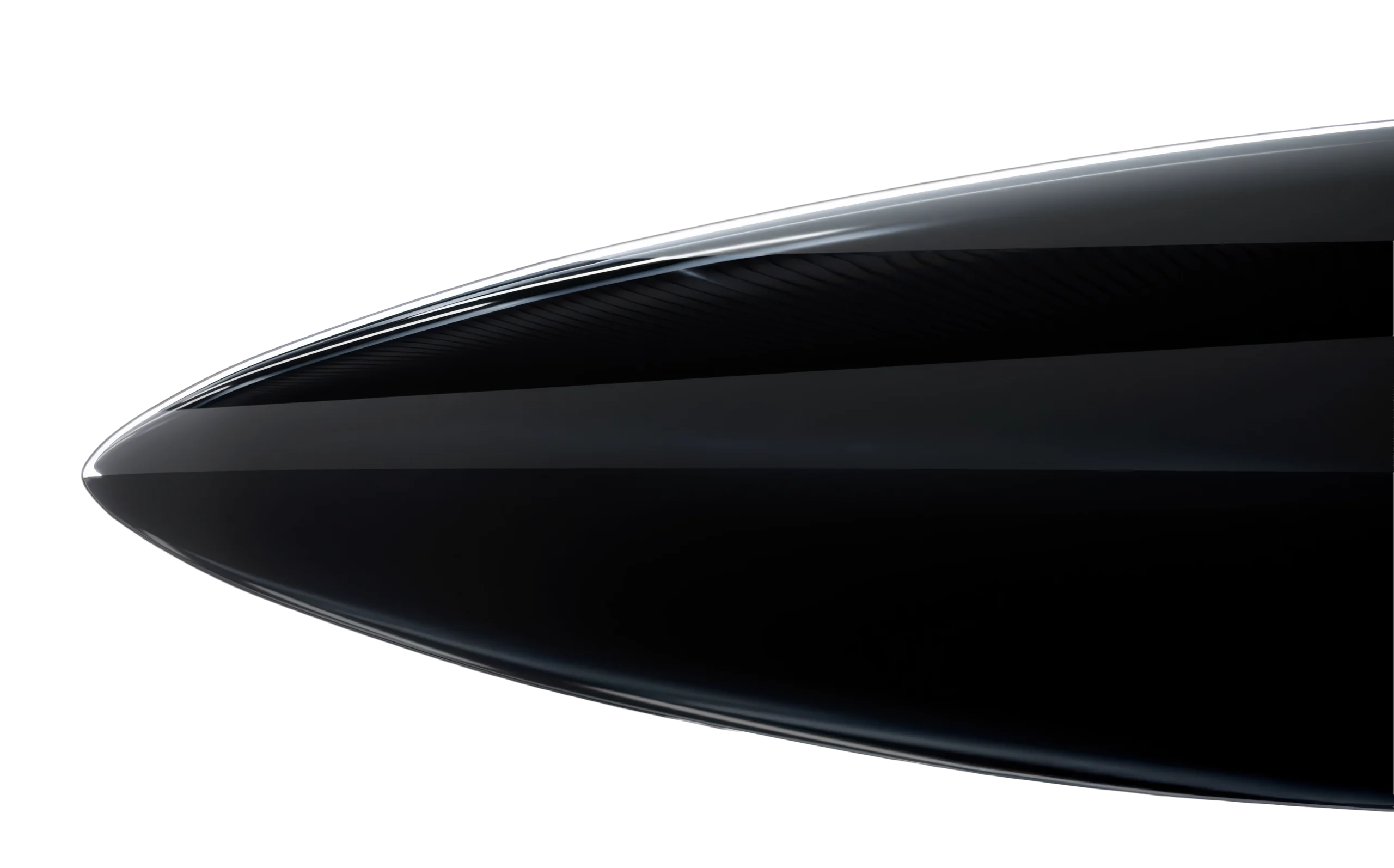A Breakthrough
in Flight
The Otto Aviation Phantom 3500 is a masterpiece of engineering— utilizing groundbreaking laminar flow technology, digital design tools, and modern manufacturing techniques to achieve unparalleled efficiency, luxury, and environmental stewardship. Designed for leaders, visionaries, and innovators, the Phantom 3500 sets a new standard in private jet flight where performance and sustainability exist in perfect harmony.
Laminar Flow
Laminar Flow
Laminar Flow
The Holy Grail
of Aircraft Design
Laminar flow, the way air travels around an aircraft, represents the greatest opportunity to reduce flight drag in a century. For decades, transonic aircraft that can sustain a high degree of laminar flow, known as “super-laminar,” have eluded aerospace engineers and manufacturers — until now.
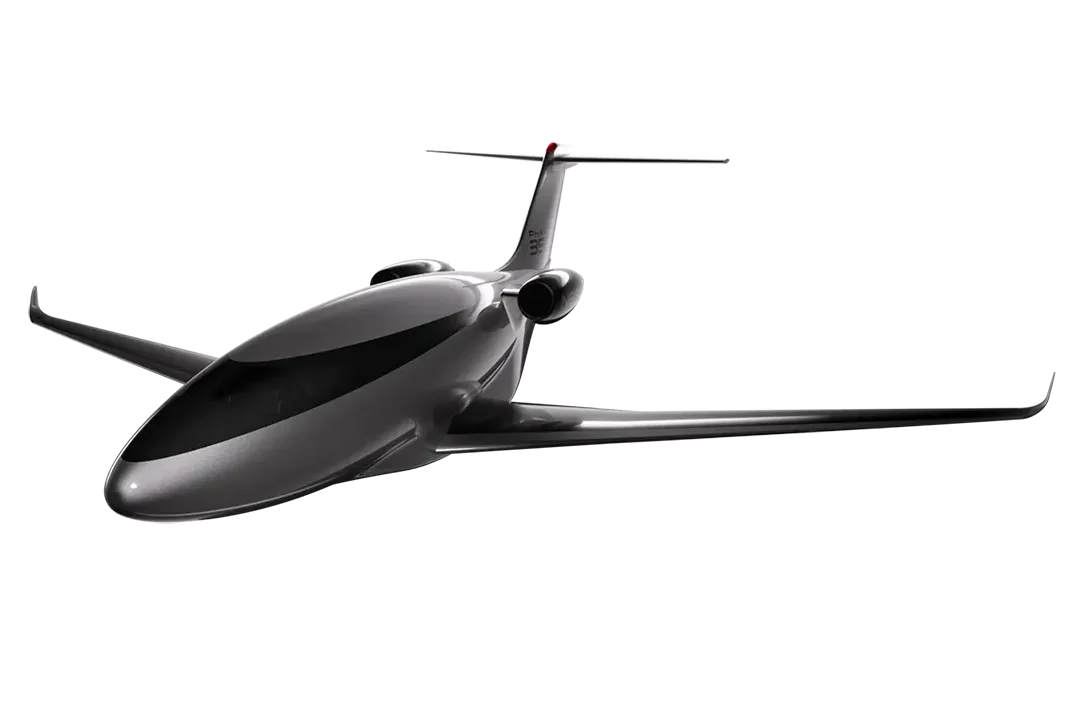
A Breakthrough
in Flight
The Otto Aviation Phantom 3500 is a masterpiece of engineering— utilizing groundbreaking laminar flow technology, digital design tools, and modern manufacturing techniques to achieve unparalleled efficiency, luxury, and environmental stewardship. Designed for leaders, visionaries, and innovators, the Phantom 3500 sets a new standard in private jet flight where performance and sustainability exist in perfect harmony.
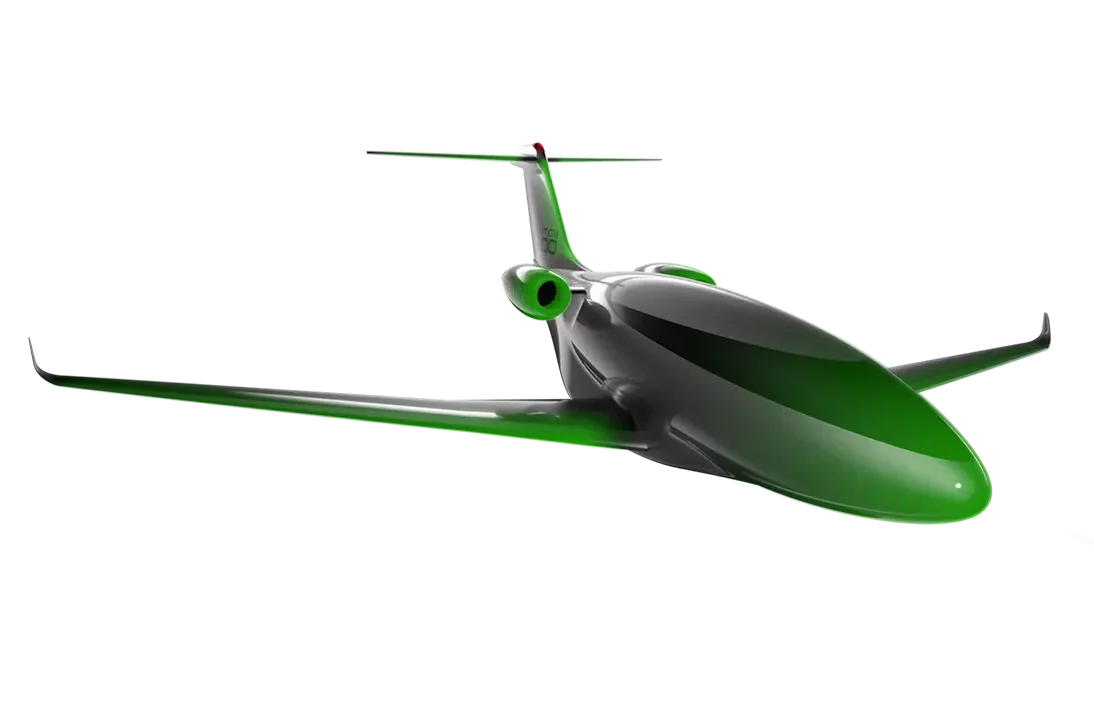
Laminar Flow
Laminar Flow
Laminar Flow
The Holy Grail
of Aircraft Design
Laminar flow, the way air travels around an aircraft, represents the greatest opportunity to reduce flight drag in a century. For decades, transonic aircraft that can sustain a high degree of laminar flow, known as “super-laminar,” have eluded aerospace engineers and manufacturers — until now.
Sustainable Flight
Cleaner Skies Start Here
Otto is revolutionizing aviation with the most aerodynamically efficient aircraft ever created. Our groundbreaking laminar flow design dramatically reduces drag, slashes fuel consumption, and cuts carbon emissions by up to 90%, setting a new standard for sustainable flight. By achieving business jet performance with a fraction of the energy, our aircraft conserve our planet without compromising performance, leading the industry’s progress toward net-zero aviation.
• OTTO PHANTOM
• AVERAGE AIRCRAFT OF SIMILAR WEIGHT
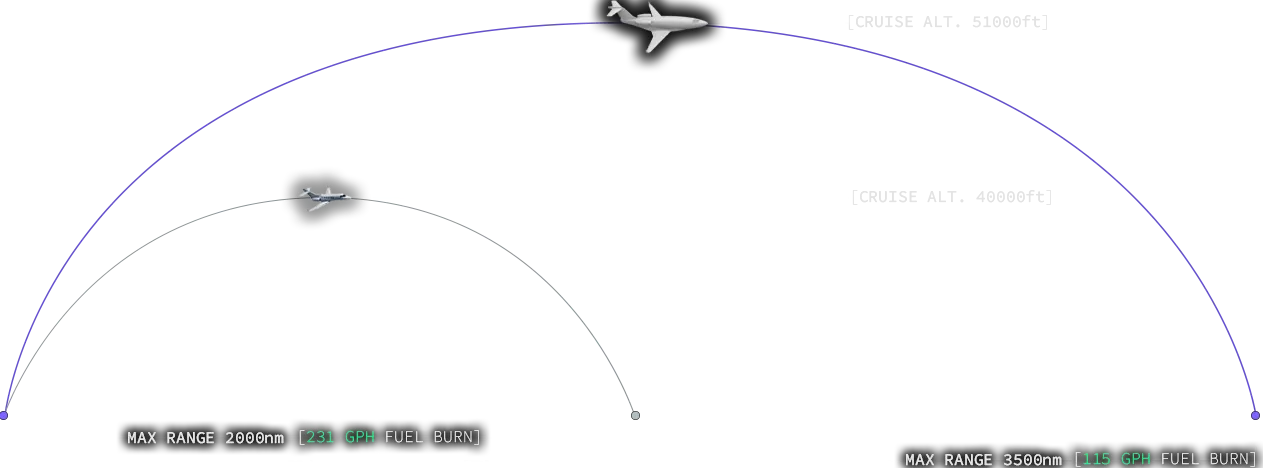
• OTTO PHANTOM
• AVERAGE AIRCRAFT OF SIMILAR WEIGHT
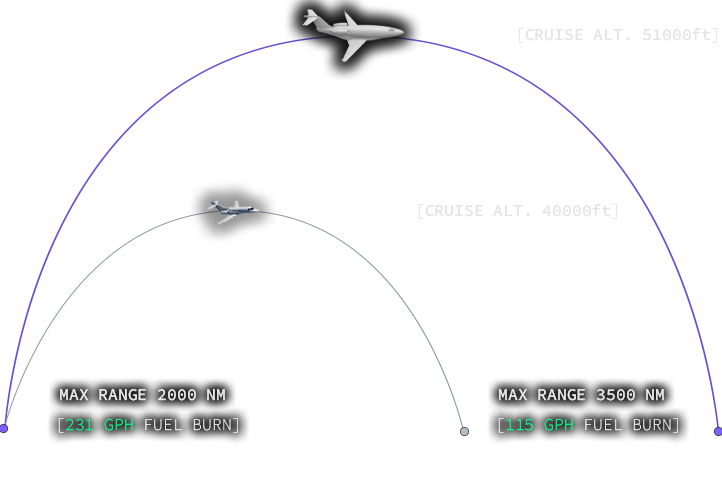
Join the Future of Flight
At Otto, we’re not just building aircraft – we’re engineering a revolution in aviation. Our team is pioneering full laminar flow technology, digital design, advanced manufacturing, and next-generation aerodynamics to create aircraft that are faster, more efficient, and dramatically more sustainable. We move fast, think big, and challenge conventional limits. If you’re passionate about pushing the boundaries of innovation and want to be part of a team that’s shaping the future of flight, Otto is the place for you.
Ready to take off with us? Explore career opportunities and become part of the Otto mission.
News
All News07.21.25
Otto Aviation VP of Engineering Kyle Heironimus to Speak at AIAA AVIATION 2025
Press Release
06.17.25
Otto Aviation and its Phantom 3500 to Beat Carbon Neutrality Goals by 20 Years
Press Release
06.16.25








